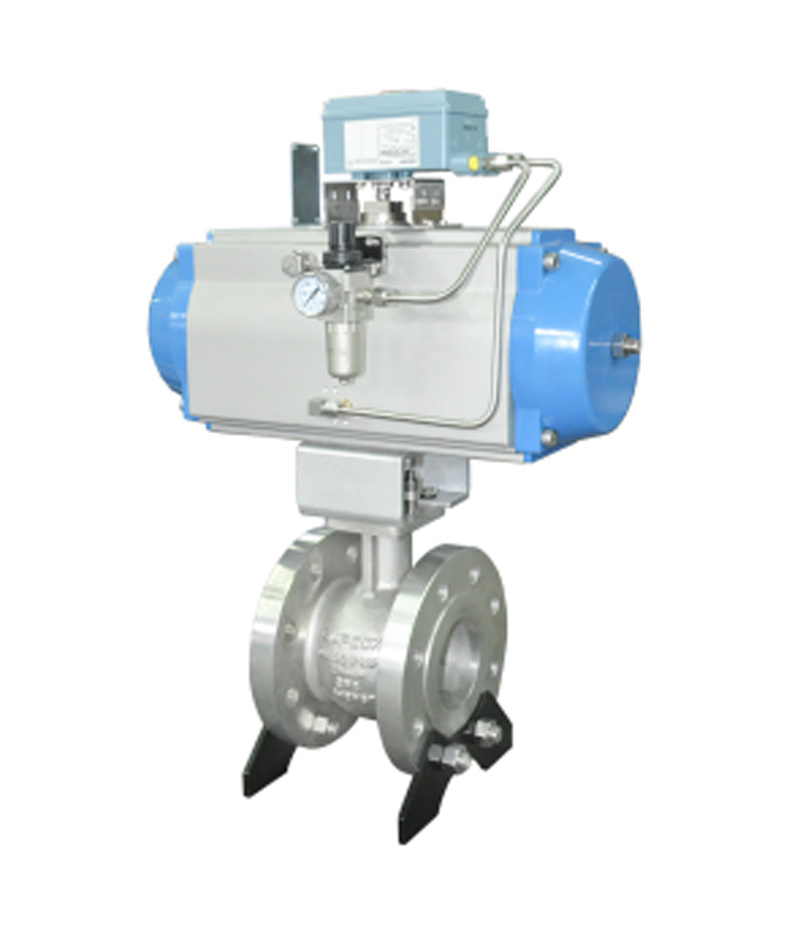Feb. 09, 2022
A rotary valve is a kind of shutoff in which the rotation of a passage or passages in a transverse plug manages the circulation of liquid or gas via the connected pipelines. The typical stopcock is the simplest form of a rotary valve. ... The majority of hydraulic vehicle power steering control valves.
QUICK VIEW
Features Of Rotary Motion Control Valves
Applications of Rotary control valves
If you have an application that needs you to continue as well as accurately regulate a liquid's circulation rate, you are possibly making use of a control valve. Control shutoffs are created to have either direct or rotating movement. Is your shutoff's motion right for your process? Does it really make a distinction?
A control shutoff, or any other type of valve, can be identified by the mechanical activity of the shutoff itself. There are 2 usual classifications of stem movement; linear and rotary. Both kinds have their very own strengths and weaknesses that are clarified listed below.
The linear-style valve is the most usual sort of shutoff available today. It is popular for its simple design and ease of upkeep. Direct valves, likewise called multi-turn valves, have a sliding-stem style that pushes a closure aspect into an open or shut setting. These sorts of shutoffs are very functional with many different trim dimensions and also design choices offered. A linear-motion valve is additionally more immune to cavitation contrasted to a rotary valve. Although straight valves are generally more expensive, they provide exact accuracy and also 1:1 straight flow control.
A world shutoff would certainly be an instance of a control shutoff with linear movement.

Rotary Control Valve
Rotary control valves or quarter-turn valves, have actually been developing for many years and are becoming extra prominent. They use a closure element that rotates, normally through a quarter-turn or 90 ° variety, to block the circulation. A rotary-motion shutoff normally weighs less and also is smaller in size than a comparable direct valve. It is likewise much easier to regulate exhausts with the stem packaging of a rotary valve without the use of bellows seals. They are less vulnerable to obstructing unclean solution applications as well.
It needs to be kept in mind that rotary valves are restricted to particular pressure decreases and are understood to have cavitation and blinking problems. Nevertheless, as technology remains to develop, these problems are ending up being less common.
A v-port round valve is a terrific instance of a control shutoff with rotary control.
1. From the flow path, the rotary motion control valves are straight through the flow path, more simple.
* Small flow resistance, large Kv value(1.5~3 times larger).
* Medium straight through, "self-cleaning" and good anti-blocking.
* Small size and lightweight (50%~80% lighter).
* Small size, good appearance.
2. From the valve disc rotation structure, the defects of the rotary motion control valve are reduced.
* Valve disc rotation media leakage outward is difficult, rotation friction is small, can be used to seal better performance of the packing to increase the seal lifetime arrival at 2 ~ 3 times.
* Due to the force arm is small, the torque is small, the allowable pressure difference is large.
* The valve disc is a spherical surface, it with good sealing and small leakage.
* Good erosion resistance. The valve disc is in the valve cavity inside, avoiding direct media erosion.
* Good elimination of the upper and lower resonance.
Rotary valves for industrial manufacturing are often used in bulk material handling, dust collection or pneumatic conveying systems, depending on the application. The valve is used to regulate the flow of a product or material by maintaining a consistent flow rate suited to the process. Controlling the flow of material helps to prevent issues such as jamming, material leakage and damage to the valve itself. Typical applications are for feeding a weighed hopper or for feeding a mill that can be clogged by the product.
Valves are part of the material exchange process and work in metering or feeding applications, function as rotary airlocks, or provide a combination of airlock and metering functions.
A rotary valve in the pharmaceutical, chemical and food industry is used to dose and feed solid bulk products within the processes. Valves are also commonly used in construction, plastics, recycling, agriculture and forestry, or wherever material needs to be safely and efficiently conveyed from one point to another.
An airlock-type rotary valve receives and dispenses material from two chambers with different pressure levels. They seal airflow between the valve’s inlet and outlet to maintain a consistent pressure differential, which promotes efficient material flow. The valve’s pressurized chamber prevents foreign material from infiltrating the housing and keeps conveyed material from escaping the system.
Still unsure if a straight or rotating control shutoff is excellent for your application? Ask us about it! We are the rotary control valve supplier. We have a group of experienced engineers who are happy to provide technical assistance to you.
Headquarter Add.: SUPCON Park, No.309 Liuhe Road, Binjiang District, Hangzhou, 310053, China.
Tel.: +86 571 8111 9774
Fax: +86 571 8111 9737
E-mail: [email protected]
